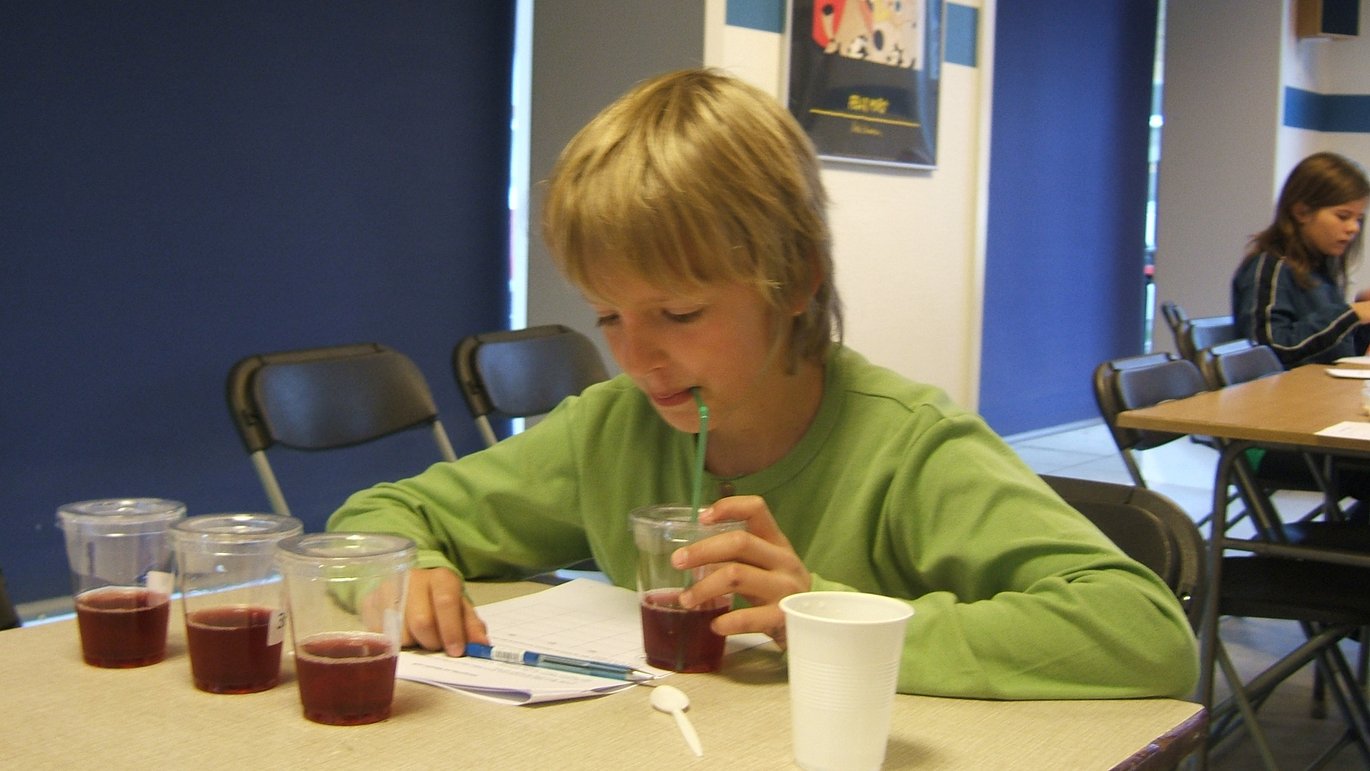Making healthy taste good
Although children like to eat sweet things, it is not actually difficult to persuade them to eat healthy foods. It is just a question of understanding how to present the products and the meals so the children find them attractive.

It can be hard to coax children into eating greens and drinking milk rather than scoffing unhealthy sweets and crisps. Healthy is not always what excites children’s taste buds the most. And it is no good telling them how important a healthy diet is or trying to forcefeed them! But what to do then?
Scientists from Aarhus University have been looking into this issue and discovered that healthy foods are not at all a no-go area for children. But you need to press the right buttons in terms of food composition and presentation.
One of the ways of giving healthy food more kid appeal is by making the food more complex. You can do this by, for example, changing its colour palette, its presentation, or by adding extra ingredients to it.
- By changing the complexity of the food you can change children’s perception and preference for healthy foods, says PhD graduate Heidi Kildegaard from Aarhus University, who has just completed her PhD project on the subject. She found that by changing the complexity of, for example, yogurt by adding fruit, fibre or natural flavour enhancers or by changing its colour, this was well received by the children. The enhancement has several benefits – the children get to eat a healthy, fermented dairy product and they get an extra helping of fruit and fibre.
Shape and colour are important
The scientists carried out a number of experiments to examine the importance of food composition, taste and appearance for the food preferences of children.
The children taking part in the experiment were aged between 9 and 14 years and the foods they had to evaluate were, among other things, yogurt, smoothies, apple juice, squash, bread, fruit and vegetables.
The scientists found that for children appearance, shape and colour are very important. When children, for example, select a yogurt on its appearance, they prefer a product with colour and without visible fruit lumps. When eating apples, they prefer the apples to be chopped into smaller pieces and maybe even a larger variety of colours to choose from on the plate. However, if they make a selection based on taste, the yogurt should have a lot of added fruit, which shows how important it is that parents ensure that the children taste the food.
In the investigations Heidi Kildegaard also looked at children’s perception of sweet and sour tastes. Generally, children are not keen on anything that is too sour, but there is a group of children who like drinks with a sour taste. At the other end of the scale, it turned out that children like a sweet taste, but that there is also a limit to how sweet the food could be.
- This shows that there is no need to pump the foods with sugar. There are actually children who prefer the sour taste, says Heidi Kildegaard.
Healthy foods on the sly
A bit of cunning can also be useful. If a healthy food is boring or its flavour is not that appealing to children, you can mask this by adding another ingredient. You simply mask the dullness with something the children think is appetising.
Heidi Kildegaard found, for example, that increasing the fruit content in yogurt could disguise a reduction in the fat content and that a red colour in the juice could distract from the perception that a juice is sour. With a creamier yogurt you can also get away with a lower fat content and less sugar.
Part of the project involved exploring whether you can accustom children to eating a healthier and more varied diet by getting them used to good habits. This was possible, but it has to be done step-by-step.
- You can’t just give them the same product over and again, but our results show that there are some tools you can use. You can make the food product more complex or use masking strategies In this way the children gradually get used to the healthier foods, says Heidi Kildegaard.
The study was a collaboration with MAPP – Centre for research on customer relations in the food sector at Aarhus University and University of Copenhagen.
Further information: Heidi Kildegaard PhD, Department of Food Science, e-mail: heidi.kildegaard@agrsci.dk, telephone: +45 8715 4879
Text: Janne Hansen, e-mail: janne.hansen@agrsci.dk
